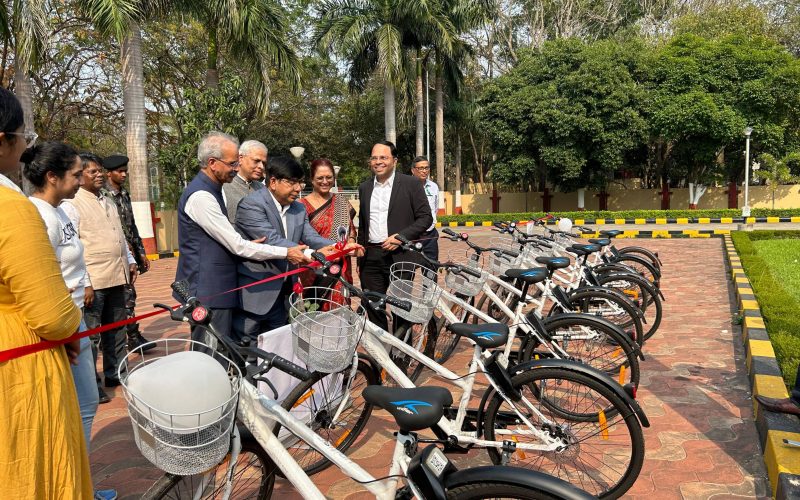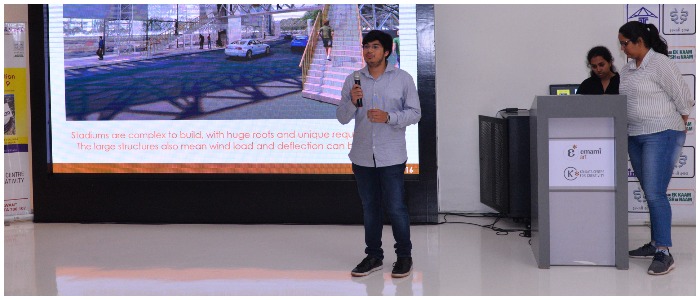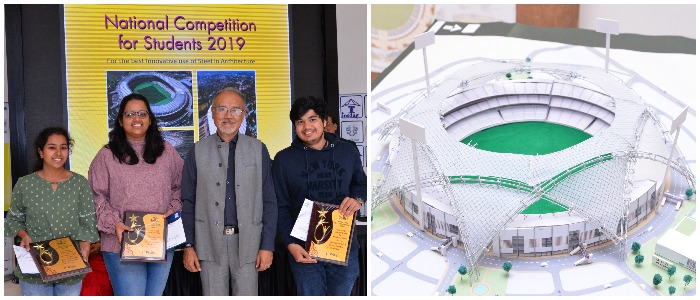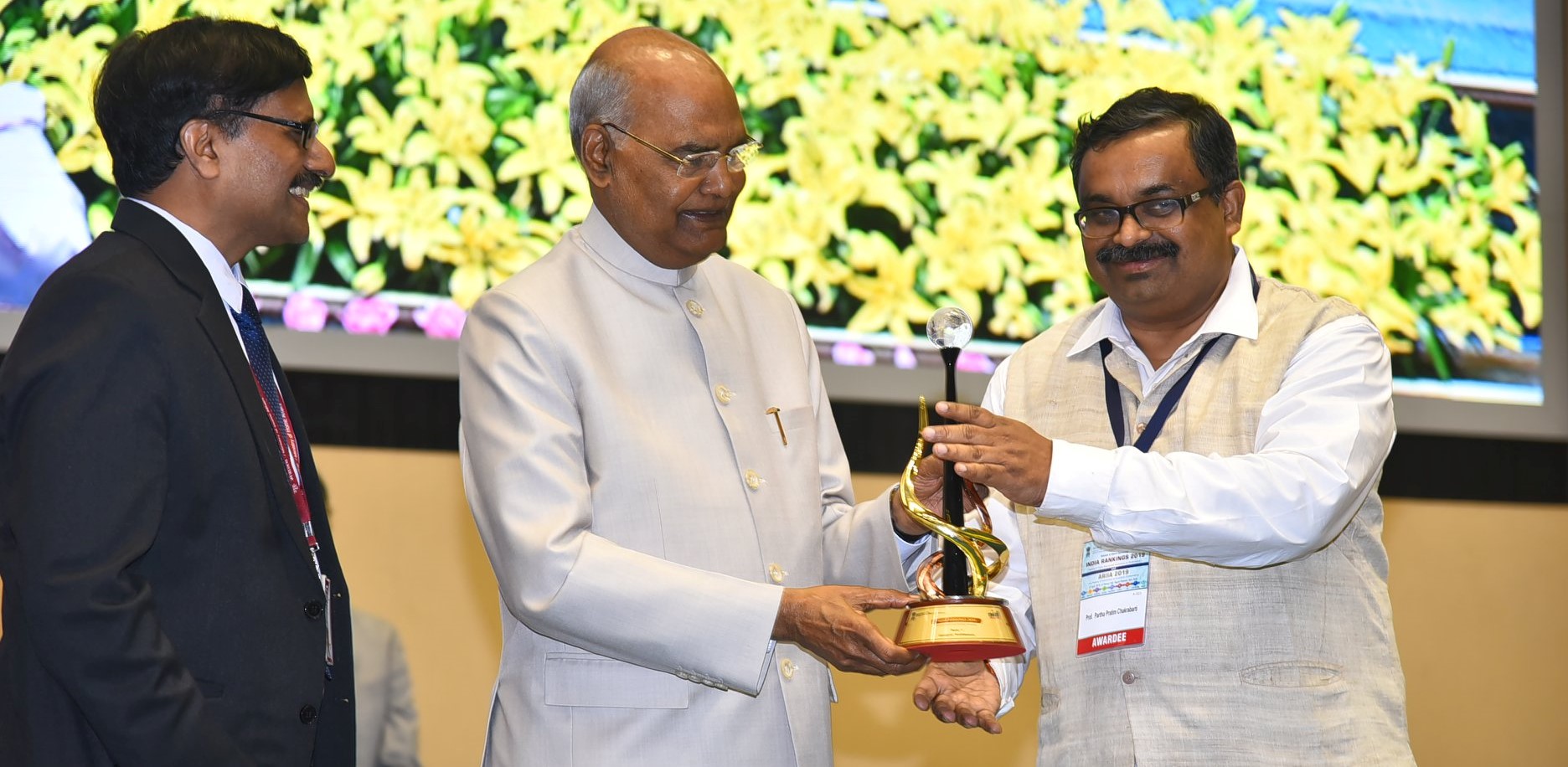
IIT Kharagpur launches PUBBS: 4th Generation Public Bicycle Sharing Systems
IIT Kharagpur launches 4th generation “Make in India” Public Bicycle Sharing system including a smart electro-mechanical IOT module for locking bicycles and its software. Integrated Hardware, Software and Firmware development for a fully automatic bicycle lock and a cloud-based sharing system which is freely available on a subscription basis so that the system can be setup by private individuals without specialized equipment and personnel. This project is funded by the Ministry of Housing and Urban Affairs and involves pilot-scale demonstration within the IIT Campus. Dr. Subhas Sarkar, Minister of State for Education inaugurated the Public Bicycle Share System in the…





